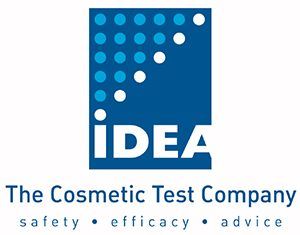Before the ISO 17516:2014 Standard, there were the 1998 Guidelines, which were given as counsel. The 1998 Guidelines described the categories of cosmetic products for microbiological quality control and gave quantitative and qualitative limits.
Categories of cosmetics in microbiological quality control
In relation with the microbiological quality control, two categories of cosmetics are defined:
Category 1: Products specifically intended for children under 3 years, eye area and mucous membranes.
Category 2: Other products.
Quantitative limits
The limit for cosmetics classified in category 1 is:
Total viable count for aerobic mesophyllic micro-organisms not more than 102 CFU/g or ml in 0.5 g or ml of the product.
The limit for cosmetics classified in category 2 is:
Total viable count for aerobic mesophyllic micro-organisms not more than 103 CFU/g or ml in 0.1 g or ml of the product.
Qualitative limits
Pseudomonas aeruginosa, Staphylococcus aureus and Candida albicans are considered the main potential pathogens in cosmetic products. These specified potential pathogens must not be detectable in 0.5 g or ml of the cosmetic product in cosmetics of Category 1 and in 0.1 g or ml in cosmetics of Category 2.
New ISO 17516:2014 Standard
Now, since October, there is an International Standard, which imposes values (the same as those of Guidelines).
Principle of the standard
It is not necessary that cosmetic products, raw materials they contain and the conditions under which they are made are sterile. However, it is appropriate that the microorganisms present in a product does not have adverse effects on consumer safety or on the quality of the product as part of its intended or foreseeable use. Therefore, quantitative and / or qualitative microbiological limits are established for finished cosmetic products.
Quantitative limits: A less than or equal to 1 × 103 CFU per gram or millilitre of product is considered to be an acceptable value for topical applications. However, it should pay particular attention to cosmetic products specially designed for the eye area, for children under three years and mucous membranes for which a less than or equal to 1 × 102 CFU per gram or millilitre of product is considered as acceptable.
Qualitative limits: In addition, a gram or millilitre of the product must be free of E. coli or S. aureus or P. aeruginosa or C. albicans.
To know more about this new ISO Standard, or about microbiological quality control of cosmetic products in general, please feel free to contact Dr Sophie Corre, microbiology manager for IDEA Lab, an IDEA TESTS Group company.
s.corre@groupeideatests.com

